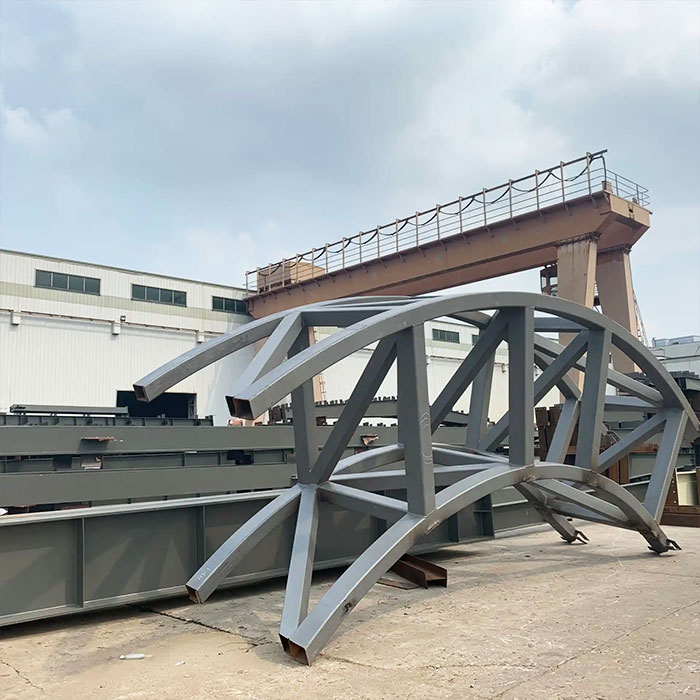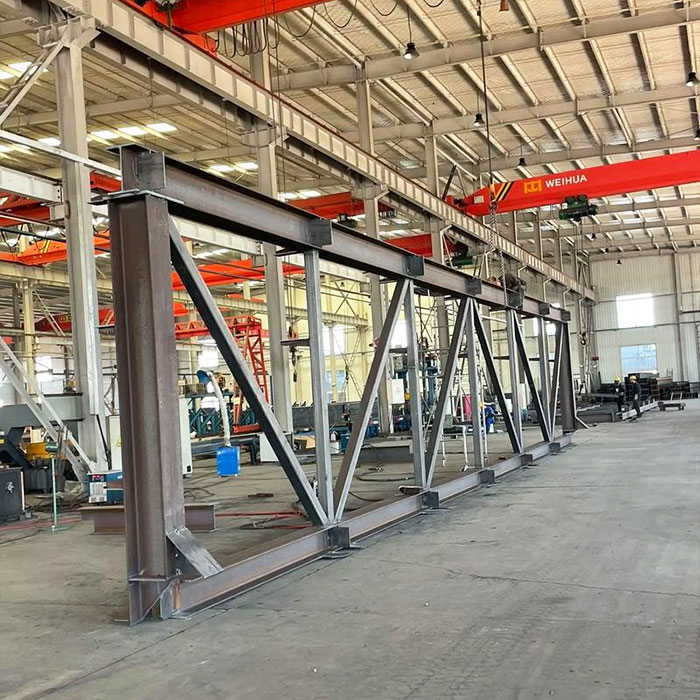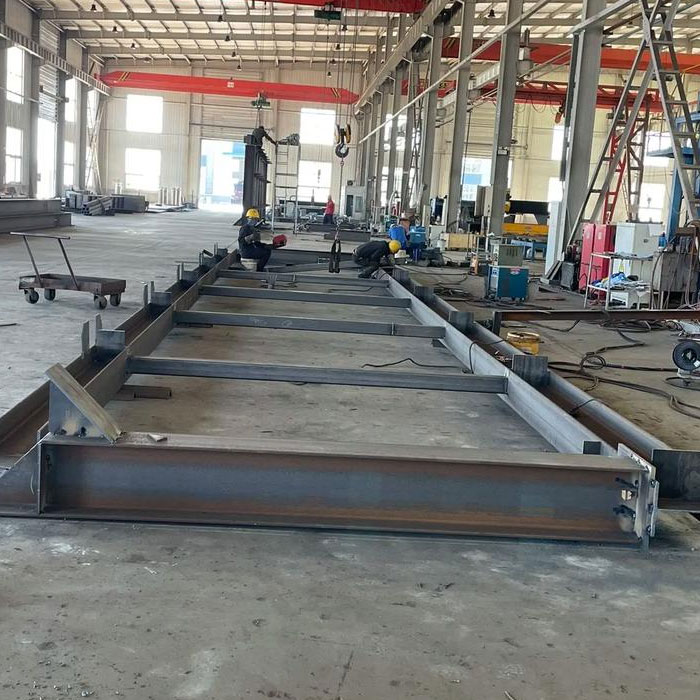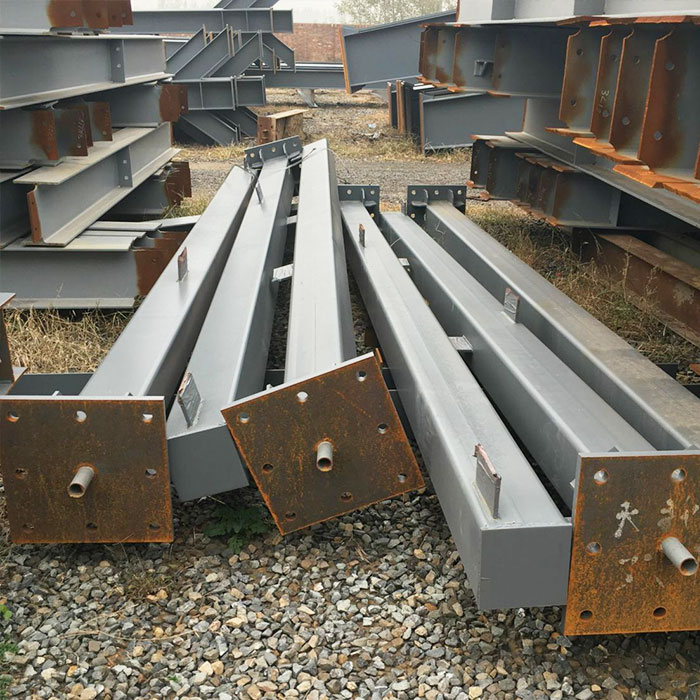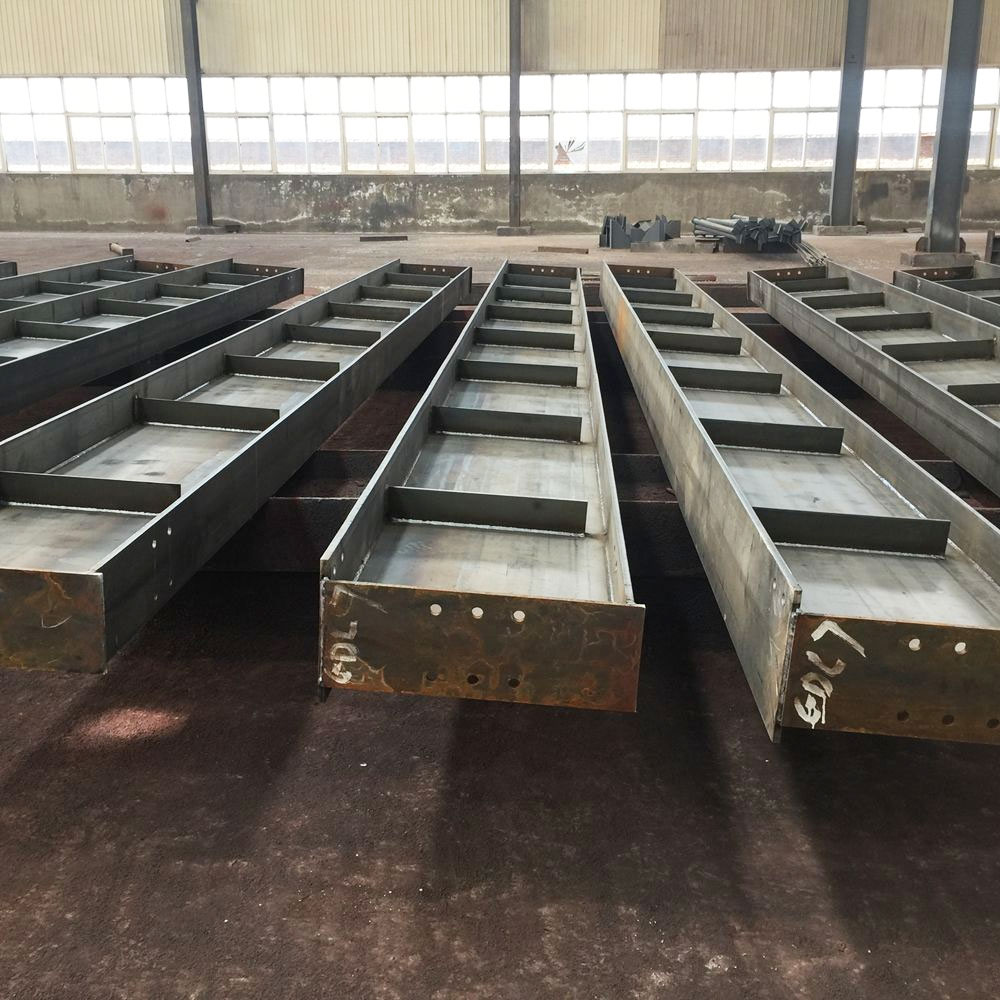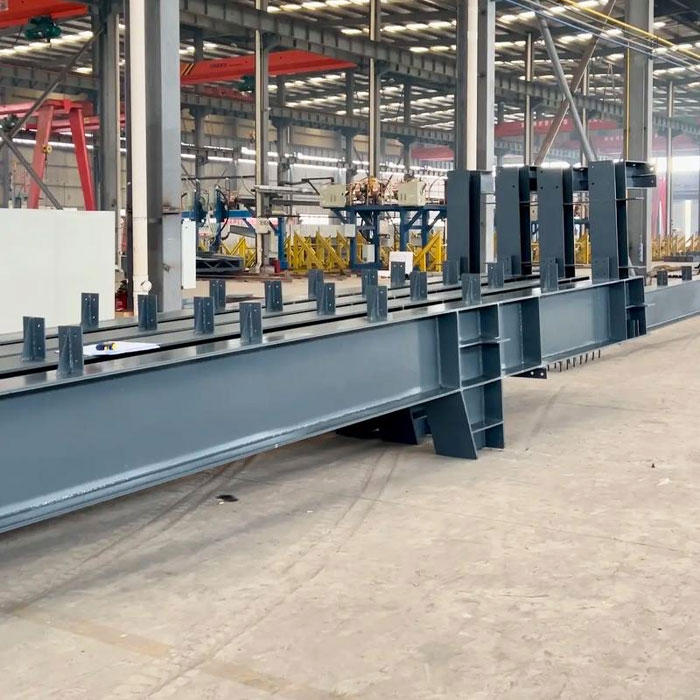Product categories
FILL THE FORM FOR ANY QUESTIONS
Let us know what you need
Overview
Steel trusses refer to trusses made of steel. They are often used as the primary load-bearing components in industrial and civil building roof structures, crane beams, bridges, and hydraulic gates. Various towers, such as masts, television towers, and transmission line towers, often utilize spatial steel trusses composed of three, four, or more planar trusses.
Trusses are widely used in steel structures. For example, they are often used as the primary load-bearing components in industrial and civil building roofs (roof trusses, etc.), crane beams (i.e., crane trusses), bridges, cranes (their towers, beams, or booms), hydraulic gates, and offshore oil platforms. Various types of steel grids, commonly used in the roof structures of large-span public buildings, are examples of spatial steel trusses. Various towers, such as television, transmission, drilling, and crane towers, and masts, often utilize spatial steel trusses composed of three, four, or more planar trusses.
Compared to solid beams, steel trusses use sparse web members instead of a solid web. The members primarily bear axial forces, often saving steel and reducing the weight of the structure. This makes steel trusses particularly suitable for structures with larger spans or heights. Furthermore, steel trusses can be easily fabricated into various shapes to suit specific requirements. Furthermore, because the web members use less steel than the webs of solid beams, steel trusses can often be constructed with greater height, resulting in greater rigidity. However, steel trusses have more members and joints, resulting in a more complex structure and labor-intensive manufacturing.
Among steel trusses, beam-type simply supported trusses are the most commonly used. Because these trusses have well-defined loads, internal forces in the members are unaffected by support settlement and temperature fluctuations, making them simple to construct and easy to install. However, they use a slightly higher amount of steel. Rigid frame-type and multi-span continuous steel trusses can save steel, but their internal forces are more sensitive to support settlement and temperature fluctuations, requiring higher precision in manufacturing and installation, and are therefore less commonly used. In the steel skeleton of a single-story factory building, roof steel trusses often form single-span or multi-span frames with steel columns. These trusses offer high horizontal stiffness and are better suited to large crane or vibration loads. Continuous steel trusses are commonly used in structures such as long-span bridges and mast towers with cable ties. Arched steel trusses are also commonly used in large-span public buildings and bridges. Cantilevered steel trusses are also commonly used in offshore platforms and certain housing structures. All types of towers are cantilever structures.
Steel trusses can be categorized as standard, heavy, and lightweight steel trusses based on member internal forces, member cross-sections, and node configurations. Standard steel trusses generally use single-web members, typically with a T-shaped cross-section formed by two steel angles, though cross-shaped, channel-shaped, or tubular cross-sections are also used. Nodes are connected by gusset plates. These simple structures are the most widely used. Heavy steel trusses, with their members subject to greater stress, employ H-shaped or box-shaped sections composed of steel plates or steel sections, with nodes connected by two parallel gusset plates. These trusses are commonly used for steel trusses with larger spans and loads, such as bridges and long-span roof trusses. Light steel trusses employ small angles and round steel, or cold-formed thin-walled steel sections. Nodes can be connected with gusset plates or by directly connecting the members. They are primarily used for roof structures with smaller spans and lighter roofs.
Materials & Certificates
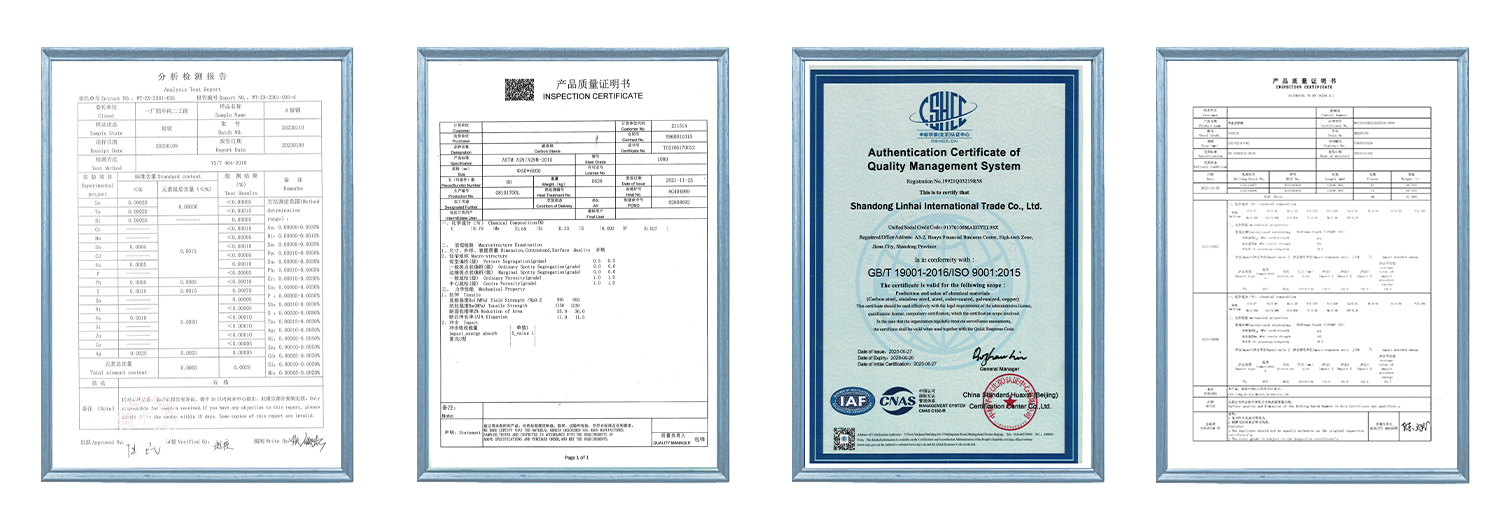
Factory & Shipping
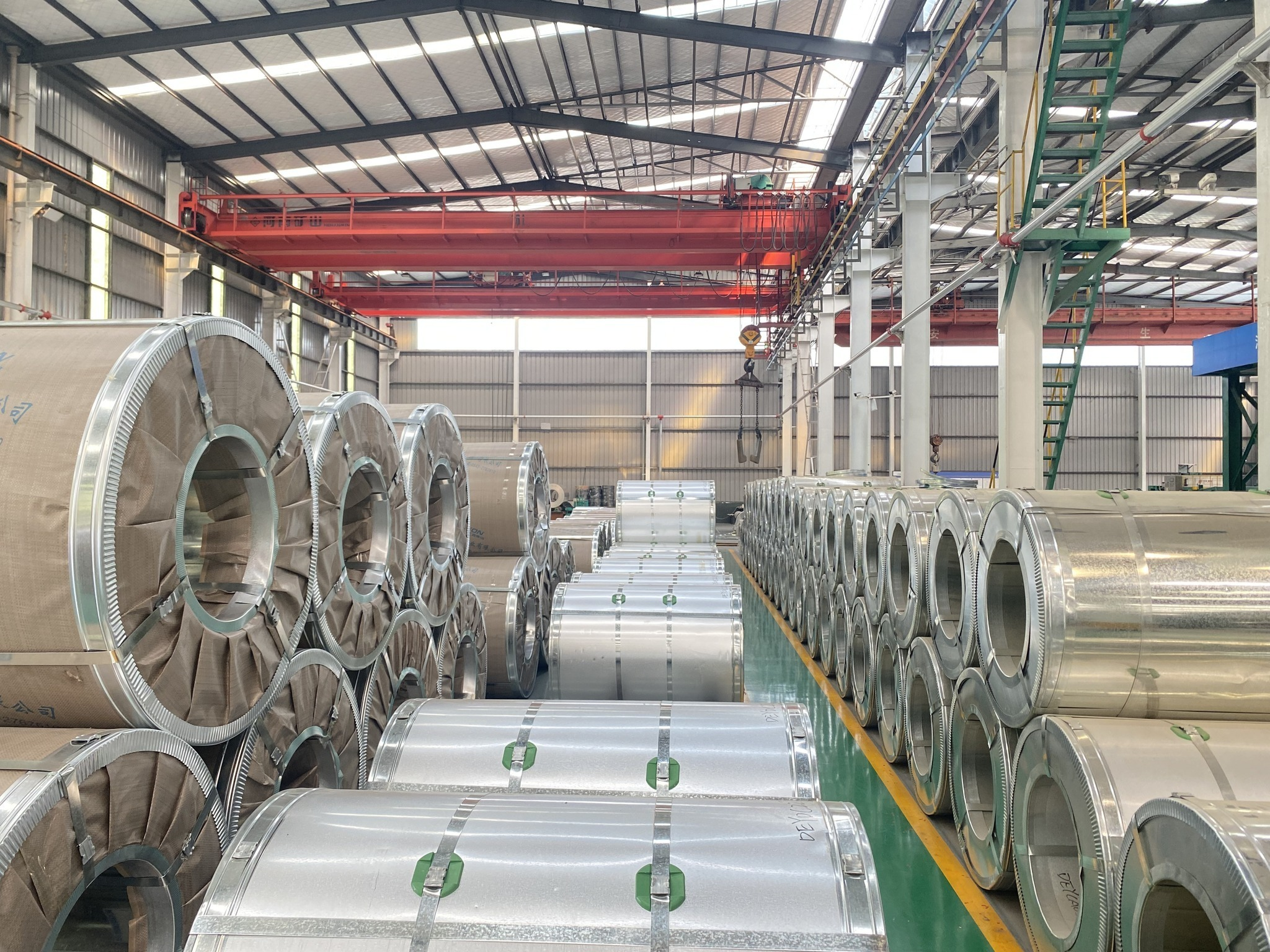
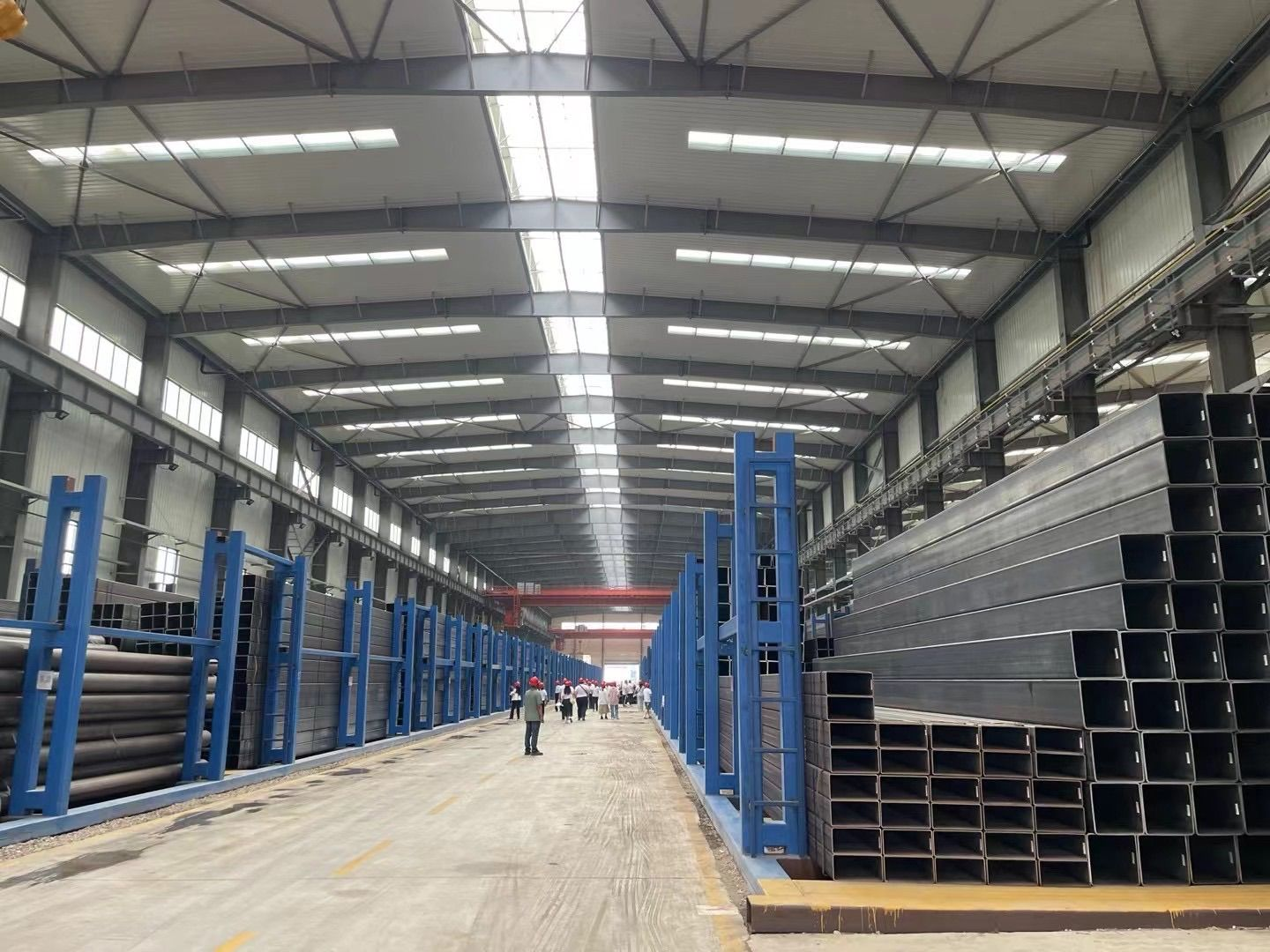
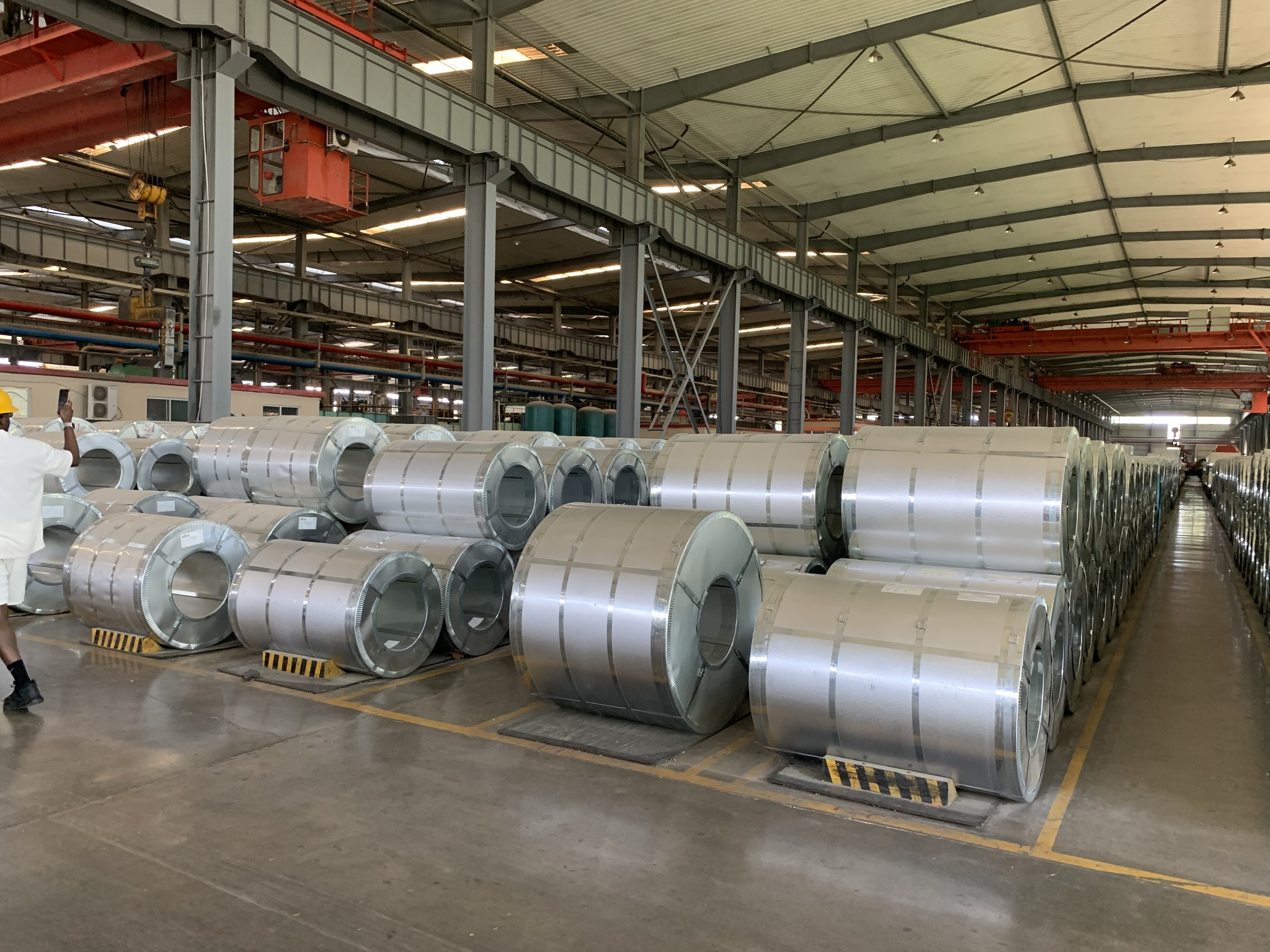
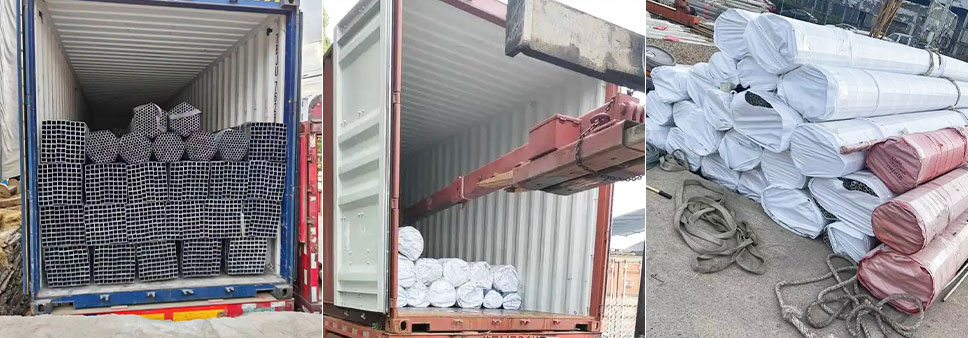
Customer factory inspection
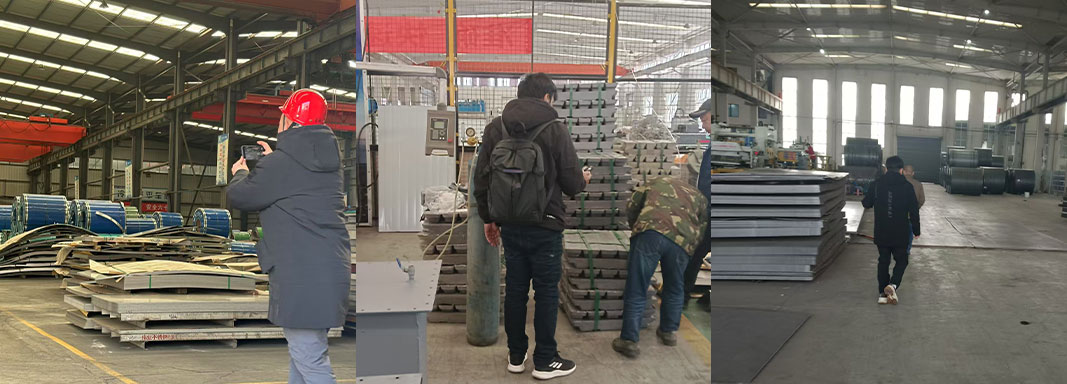
Company Introduction
Shandong Linhai International Trade Co., Ltd. is a professional supplier of steel and metal raw materials. Its main products include carbon steel, copper, stainless steel, profiles, and rare materials, which are used in construction, home appliances, aerospace, and other fields. The company is committed to providing the most reliable and satisfactory products to customers worldwide.
Leveraging its strong supply chain network, solid expertise, and reliable service, Linhai International Trade Co., Ltd. has become a leading steel supplier for numerous clients in countries and regions including the Middle East, South America, and Southeast Asia.
Adhering to the principle of "product quality is the foundation of survival, and service quality is the bridge to success," the company provides customers with high-quality service and satisfactory products, always prioritizing customer needs.
Inquiry
To learn more about this product, you can submit your requirements here
Related Products
Can't find what you're looking for ?
Leave a Message we will call you back quickly!
Need Help?
We are always here to help
If you are interested in our company and our products, you can also communicate with us by submitting a request form, sending an email, calling us, etc.! We will reply within 24 hours
By clicking 'Allow All', you agree to the storage of cookies on your device to enhance site navigation, analyze site usage and assist with our marketing efforts. Coo Cookie Notice
CONTACT
US NOW!

